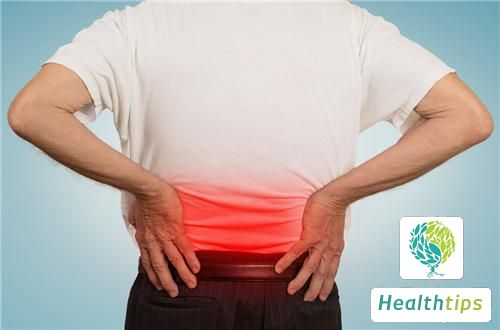Where does a woman give birth to a child?
In clinical practice, there are two ways for women to give birth: one is vaginal delivery, and the other is cesarean section. Vaginal delivery generally refers to the fetus passing through the uterus, cervix, and vagina, and being expelled from the vagina. This method of delivery results in a shorter recovery time for women, and they can usually ambulate the next day. Cesarean section refers to the fetus being removed through the abdominal wall, which involves opening the abdominal cavity and entering the uterus. This method of delivery causes relatively greater trauma to the mother compared to vaginal delivery, and postoperative wound care is required.

a. First Stage: Prolonged Prelude (Duration: Approximately 6-12 hours before entering the delivery room. The duration of the first stage is generally longer for first-time mothers compared to experienced mothers.) The first stage marks the beginning of childbirth, where the cervix must dilate. Typically, the cervix needs to dilate to about 10 centimeters during the first stage, making it the longest duration of the entire childbirth process. The main characteristics of the first stage are shortened intervals between uterine contractions, from contractions lasting over 30 seconds every 5-6 minutes at the start to contractions lasting about 50 seconds every 2-3 minutes. The cervix also dilates faster as contractions become tighter and intervals shorter. Due to the tightening of contractions and shortened intervals, the mother may experience lower abdominal pain. During this time, the mother should try to endure the pain and avoid shouting or screaming to conserve energy for the second and third stages of childbirth.
b. Second Stage: Main Effort (Duration: Approximately 1-2 hours, generally not exceeding 2 hours.) The second stage involves the complete dilation of the cervix and the expulsion of the fetus, as well as the separation and birth of the fetus from the mother's body. During this stage, the intensity of uterine contractions increases. With the cervix fully dilated, the fetal head descends into the pelvis under the action of contractions. As the stage progresses, the fetus is gradually expelled from the mother's body. If this process takes too long, approaching 2 hours, oxytocin may be administered to strengthen contractions or other midwifery methods may be employed.
c. Third Stage: Delivery of the Placenta (Duration: Approximately 5-15 minutes.) Failure to deliver the placenta after childbirth can lead to postpartum hemorrhage, so it is crucial to deliver and clean the placenta during the third stage. After the fetus is expelled, the mother's contractions will pause for a moment and then resume. Under the action of uterine contractions, the placenta will detach from the uterine wall and move to the cervical os. At this point, the mother only needs to exert effort again, and the placenta can be smoothly expelled. During the third stage, a doctor or midwife will check the placenta and membranes to confirm that they have been completely expelled. Any residual fragments will be removed, and the mother's uterus will be examined to ensure it is still contracting to prevent bleeding from the placental detachment site. If the mother underwent an episiotomy during childbirth, suturing will also be required during the third stage.



















